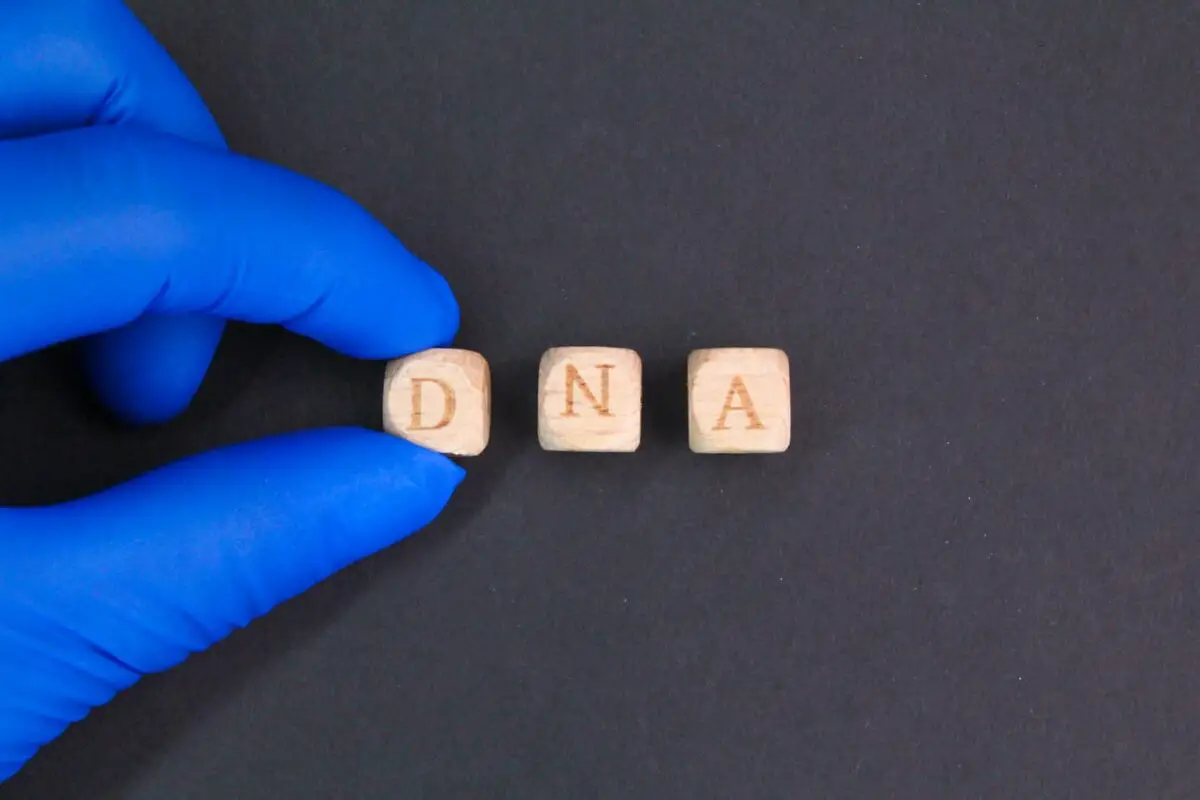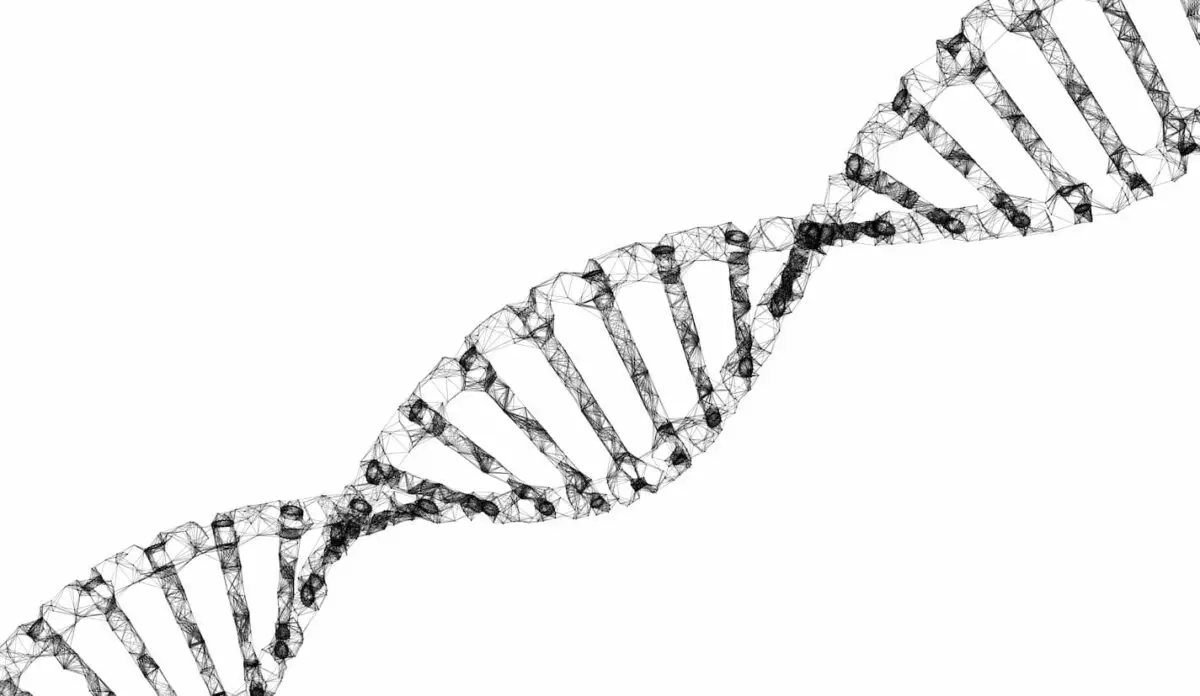DNA testing has become an accessible and fascinating tool for many people looking to learn more about their genetic makeup and ancestral roots. However, some myths and misconceptions might be holding you back from diving into the world of DNA testing. In this article, we will debunk some of those myths and help you understand the truth about what DNA testing can do for you.
DNA tests are rumored to be inaccurate, but that’s far from the truth. DNA testing tech has grown incredibly accurate (up to 99%) for complex tests. You can trust the results of your DNA test to give you a clear image of your genetic background within the tests’ parameters.
Ready to dive into the amazing world of DNA testing – and learn more about how it actually works (and when it hits its limits)? Let’s do this.

Debunking Myths About DNA Testing
There are some common myths and misconceptions about DNA testing.
This section will cover those myths and topics such as accuracy and reliability, legal implications, and privacy concerns. This information will help you make informed decisions about your DNA testing experience.
Accuracy and Reliability
Myth: DNA tests aren’t accurate.
Fact: Modern DNA tests are highly accurate, relying on advanced technology to analyze your DNA sample. While no test is 100% infallible, the errors for accurate DNA tests are minimal, and reputable testing companies invest significant resources into ensuring the highest standards of quality and accuracy are met.
Legal Implications
- Myth: DNA tests can only be done with all parties‘ consent.
Fact: For certain types of DNA testing, like paternity testing, consent is required; however, if you’re taking a test for ancestry or genetic health reasons, you don’t need the consent of your relatives. Ensure you understand the legal requirements in your jurisdiction and the type of test you’re considering.
Privacy Concerns
- Myth: DNA test results are public records; anyone can access them.
Fact: Your privacy is a top priority for reputable DNA testing companies. They protect your personal information and typically store your data securely, adhering to strict regulations regarding data privacy. Be sure to review a company’s privacy policy before submitting your sample.
- Myth: DNA tests can be used against you by insurance companies and employers.
Fact: In the United States, the Genetic Information Nondiscrimination Act of 2008 (GINA) helps protect people from genetic discrimination, prohibiting health insurers and employers from using your genetic information to make decisions about your insurance or job. However, this law does not cover life insurance, disability insurance, or long-term care insurance, so always read the fine print before sharing your genetic data.
By addressing these myths and misconceptions about DNA testing, you can make more informed decisions and feel more confident in exploring your genetic heritage, health risks, or other aspects of your DNA. Remember always to research the testing company and ensure they have a solid reputation for accuracy, reliability, and privacy protection.

Paternity and Relationships
Establishing paternity can have significant emotional and legal implications. DNA testing confirms paternity, with accuracy rates ranging from 99 to 99.9 percent.
A common belief is that DNA testing is only used to prove or disprove paternity. While paternity testing is indeed one of the purposes, there’s so much more to it. DNA tests can be used to establish biological relationships, assist in adoption and immigration processes, and even help with genealogy research. So, don’t let these myths keep you from discovering the invaluable insights DNA testing can provide for your personal and family history.
Establishing Paternity
You can easily obtain a DNA paternity test kit that allows you to collect samples at home and send them to a lab for analysis.
When considering a DNA paternity test, it’s important to remember a few things.
- You can use blood or tissue samples from the father, mother, and child.
- Technological advancements have made the tests more affordable than in the past.
- The potential father doesn’t need to be present, as grand-parentage DNA testing can provide accurate results.
Infidelity and Relationships
Paternity tests can also help uncover infidelity, providing clarity and potentially saving relationships. When suspicions arise, it’s essential to approach the situation with sensitivity and care.
If you decide to proceed with a paternity test in this context, remember:
- Communicate openly with your partner about your concerns.
- Consider involving a neutral third party (e.g., a counselor) for support.
- Understand that the test results can have lasting emotional impacts on all parties involved.
Child Support and Custody
DNA paternity tests have important legal ramifications, particularly in child support and custody cases. Establishing paternity can ensure that the responsible party is held accountable for child support and allows the father to pursue custody or visitation rights.
Some key points about paternity tests and their role in child support and custody cases include:
- Paternity tests provide certainty, allowing both parents and the child to move on with their lives .
- Courts often require the confirmation of paternity before making custody or support decisions.
- Be prepared for potential court involvement and legal fees.
In conclusion, paternity tests are crucial in confirming lineage, clarifying family relationships, and ensuring legal obligations are met. Always approach these tests with sensitivity and care, keeping their potential emotional and legal impacts in mind.

Ancestry and Family History
Genetic ancestry testing can be a fascinating way to uncover your family history. By analyzing your DNA, you can learn about your ancestral origins and potentially connect with relatives you never knew you had. It’s important to be aware of some common misconceptions about these tests, so you can better understand and interpret your results.
Tracing Your Roots
One myth is the belief that if your sibling took a DNA test, you already know what your results will be.
In reality, you get about 50% of your DNA from each parent (even that percentage is only an ideal estimate). So only identical twins have the exact same DNA. Apart from identical twins, your DNA test results will likely differ from your sibling’s.
Interpreting Results
When you receive your genetic ancestry test results, you might see a pie chart or a percentage breakdown of your ancestry by geographic region. Remember that DNA is not the same as heritage; these tests only estimate where you might have inherited certain DNA.
Keep in mind these things:
- Your results are based on comparisons to reference populations, which may not represent the entire diversity of a region.
- DNA testing companies may have different reference populations, so results might vary across testing services.
- Your test results do not account for all aspects of your family history, like migrations or cultural heritage.
Finally, be cautious when interpreting results related to specific historical events or groups, like Vikings or ancient populations. There are pitfalls of genetic ancestry tests that can lead to oversimplification or misinterpretation of your ancestry.
In conclusion, genetic ancestry tests can offer valuable insights into your family history, but it’s essential to approach the results critically and understand their limitations. Doing so can give you a richer and more accurate exploration of your ancestry and heritage.

Genetic Health and Disorders
Prenatal DNA testing can help you learn valuable information about your baby’s genetic health before birth.
Prenatal DNA Testing
These tests can screen for genetic disorders, helping you and your healthcare provider make informed decisions about your pregnancy and your baby’s future health. However, it’s essential to remember that prenatal DNA testing has limitations and does not guarantee the absence of genetic disorders in your child.
When considering prenatal DNA testing, keep in mind the following:
- These tests are optional; you should discuss them with your healthcare provider to determine if they’re right for your specific circumstances.
- Ensure you understand the potential benefits and limitations of prenatal DNA testing.
Inherited Disorders
Changes in our DNA cause inherited disorders passed down through generations. Genetic testing can identify these mutations, providing valuable information for diagnosing, treating, and preventing illness.
However, there are limitations to genetic testing. It might not always provide clear answers, and the results can sometimes be hard to interpret.
To navigate the world of inherited disorders and genetic testing, remember these points:
- Consult your healthcare provider before undergoing any genetic testing, especially when looking for inherited disorders.
- Understand that genetic tests are not always conclusive and can have false reassurances.
- Maintain realistic expectations of the accuracy and usefulness of genetic testing results.
In conclusion, it’s essential to be well-informed and aware of the limitations and benefits of genetic testing for prenatal DNA and inherited disorders. By working closely with your healthcare providers and understanding the complexities of genetic testing, you can make the best decisions for your and your family’s health.

Key Takeaways
DNA testing for genealogy is popular, but there are misconceptions about what the tests can tell you. It’s important to be aware of these and understand the limitations of the tests.
By being aware of how they work, you can make more informed decisions about using and interpreting your results.
Resources
When learning about genealogy, it’s important to learn from various reputable sources. These are the sources used in this article and our research to be more informed as genealogists.
- 5 Myths About AncestryDNA® Tests | AncestryDNA® Learning Hub. (n.d.). https://www.ancestry.com/c/dna-learning-hub/5-myths-about-ancestrydna-tests
- Baird, W. (2023, April 25). 5 Myths About Paternity DNA Testing – Endeavor DNA. Endeavor DNA. https://endeavordna.com/blog/paternity-dna-testing-myths-endeavor-dna/
- C. (2020). 6 Myths about Paternity DNA Testing You May Not Know. Meds News – Health and Medicine Information. https://www.medsnews.com/health/myths-about-paternity-dna-testing/
- Common Myths About DNA Testing Debunked. (n.d.). ARCpoint Labs. https://www.arcpointlabs.com/bellingham/about-us/blog/arcpoint-blog/dna/common-myths-about-dna-testing-debunked/
- Ddc. (2022, September 1). Top 10 DNA Paternity Testing Myths Debunked | DDC. DDC. https://dnacenter.com/blog/top-10-dna-paternity-testing-myths-revealed/
- Genetic testing – Mayo Clinic. (2020, April 14). https://www.mayoclinic.org/tests-procedures/genetic-testing/about/pac-20384827
- How Does DNA Testing Work For Paternity: Myth And Reality. (n.d.). Baby Boomers. https://www.babyboomers.com/article/how-does-dna-testing-work-for-paternity-myth-and-reality/625ea8931ed4300001eae509
- Källén, A. (n.d.). Viking DNA and the pitfalls of genetic ancestry tests. The Conversation. https://theconversation.com/viking-dna-and-the-pitfalls-of-genetic-ancestry-tests-155809
- Resnick, B. (2019, May 23). DNA ancestry tests — and their many caveats — explained. Vox. https://www.vox.com/science-and-health/2019/1/28/18194560/ancestry-dna-23-me-myheritage-science-explainer
- Stein, R. (2018, June 18). Results Of At-Home Genetic Tests For Health Can Be Hard To Interpret. NPR. https://www.npr.org/sections/health-shots/2018/06/18/609750963/results-of-at-home-genetic-tests-for-health-can-be-hard-to-interpret

